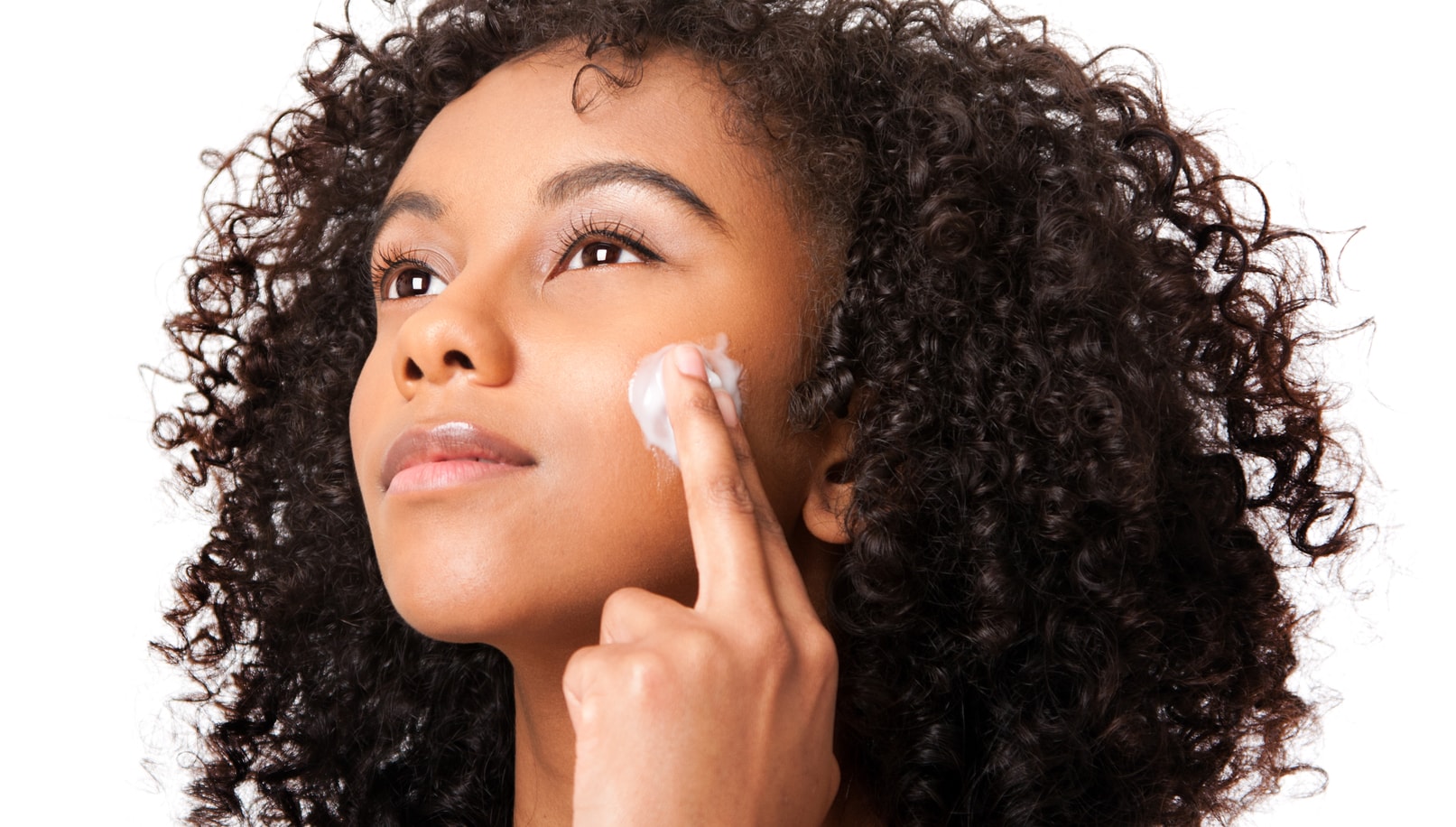
Before discussing any acne treatments, it is important to know the three causes of acne. They are:
1. Bacterial
2. Hormonal
3. The way the skin sloughs on the face (or exfoliates).
All of these factors are at play in every case of acne. However, some may be more prominent than others. Acne treatments are tailored to whichever is the most prominent cause of the particular patient’s acne.
There are two main categories of acne which are:
1. Non-inflammatory which is known as white heads and black heads. These are the ones people squeeze and white or black pus comes out.
2. Inflammatory is more papules and pustules. These can also be squeezed but a different type of pus comes out.
One of them is not any worse than the other or more severe. They are just different types of lesions that can be seen on a person.
When it comes to treating acne, there are three main classes of therapy. The therapy classes coincide with the three pathogenesis causes listed above. One therapy is geared towards bacteria, another one is geared towards exfoliation, and the third is geared towards hormonal influences on acne.
For bacterial-driven acne, doctors use topical and oral antibiotics. For exfoliative acne, doctors use topical and oral retinoids. Hormonal acne uses either birth control pills or another medication called spironolactone. These are all home medical therapeutics for acne. There are some in-office procedures that can be done for acne as well but these therapies are the prescriptive avenues taken by doctors.
Laser acne treatments are technologically advanced but they are not necessarily more effective than some of the older and more conventional treatments.
The treatments are prescribed on a patient by patient basis. There is no need to give the same acne therapy to everyone. The therapeutic pattern needs to be appropriate for the type of acne a particular patient has at the moment.
Some doctors use ALA-PDT which is a procedure where chemicals are placed on the skin and then activated with light. This treatment is very caustic to the bacteria that cause acne. There may be some redness that persists after the treatment for a day or two. Patients have to be very careful about where they need sunscreen so that the activation of that material is not continued after they leave the office. There is no potential for scarring with this treatment.
Chemical peels are also used by doctors and they range from glycolic acid to trichloroacetic acid. This has the potential of redness for one to three days. The very intense peels also have the rare risk of scarring.
Most patients start by using the prescriptive route. It is normally covered by insurance while the in-office procedures are not. Most mild to moderate acne can be treated quite easily with prescriptive medications. The prescription route can achieve the same results long term as the in-office procedures.
Some of the oral medications can have potential side effects depending on which one the doctor chooses to prescribe. The side effects can slow the treatment progress down if they become intolerable.
For example, Accutane is a medication used for severe acne and it can cause very bothersome dryness of the lips. Sometimes, that gets in the way of treating acne because patients do not like that side effect.
The disease itself (acne vulgaris) can cause permanent scarring on a patient. It can also cause hyperpigmentation if it lasts a long time which can cause psychosocial or self-esteem issues.
In terms of side effects of the medications, each one has its own side effect profile. Most of them are pretty well-tolerated but some of them can have severe side effects. For example, a patient can get a lupus-like syndrome with minocycline. It is very rare but possible.
There is no downtime involved when it comes to treating acne.
The ALA-PDT requires three sessions that are two weeks apart. Oral medication takes about two months. Both therapies take about six to eight weeks to work.Eirtually the same for both therapies.
The proper treatment for acne suffered by a patient depends on the individual patient. Some patients are best served by prescription treatments while others need to be treated in a doctor’s office. Before making a final decision on which acne treatment to undergo, a patient should consult with a board-certified doctor to determine the best course of treatment.
Written by Cosmetic Town Editorial Team - MA
Based on an exclusive interview with Bobby Buka, MD in New York, NY